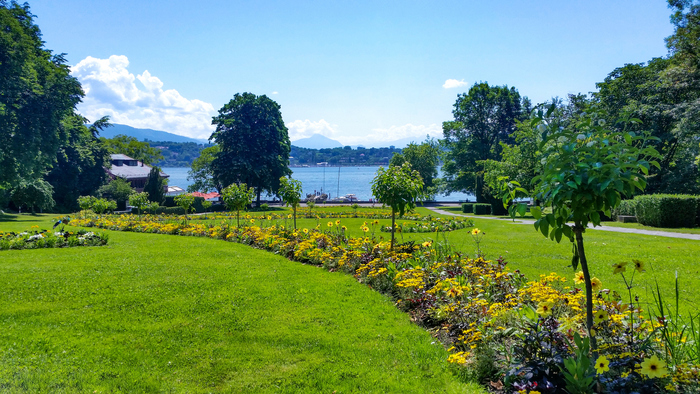On average in European cities,
green and blue infrastructures
(vegetable gardens, private gardens, parks, road trees, water and wetlands) make up 42% of the urban area but only 3% are represented by publicly accessible green areas and
inequalities they are very strong
both between different cities and between different areas of the same urban centers.
To put together the data The European Environment Agency with the report
"Who benefits from nature in cities?
Social inequalities in access to urban green and blue spaces throughout Europe "which analyzed the situation in the 38 member countries of the European Economic Area (the 27 members of the EU with Iceland Liechtenstein, Norway, Switzerland, Turkey, Albania, Bosnia and Herzegovina, Kosovo , Montenegro, Macedonia and Serbia): in general the cities of northern and western Europe have more total green space than those of southern and eastern Europe. Within the cities, then, the degree of green areas varies between neighborhoods: across Europe, green space is less available in low-income urban neighborhoods, with differences often due to the housing market, where properties in greener areas are more expensive.
In Europe, the city with the highest percentage of total green space (95,
8%) is
Cáceres in Spain,
while the one with the least total green space (6.8%), is Trnava in Slovakia.
As for
the areas accessible to the public, the cities in evidence are Geneva (Switzerland), The Hague (Netherlands) and Pamplona / Iruña (Spain)
, where the accessible green space represents more than 15% of the city area.
The latest data from the AEA urban tree cover viewer shows that the average urban cover for cities in 38 SEA member countries stood at 30%, with cities in Finland and Norway having the highest percentage of tree cover , while the cities of Cyprus, Iceland and Malta had the lowest level, under 10%.
Comparing the capitals alone, the tree cover varies from 4% in Nicosia to 72% in Oslo.
Few benefits from nature are found in areas of Turin with a high population density such as in Berlin where the very populated neighborhoods are mainly inhabited by immigrants with limited access to green space.
But even in Oslo, immigrants have less access to green areas for outdoor recreation and in Helsinki they live farther from "blue space"
compared to non-immigrants.
In essence, communities with a high percentage of immigrants and ethnic minorities have less access to high-quality green and blue spaces.


/cloudfront-eu-central-1.images.arcpublishing.com/prisa/YXV2XXPRIRGLBCZD37DUIOI5MY.jpg)



